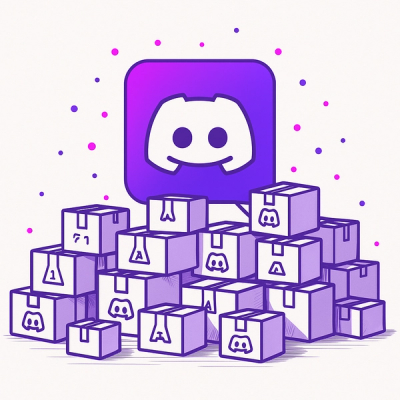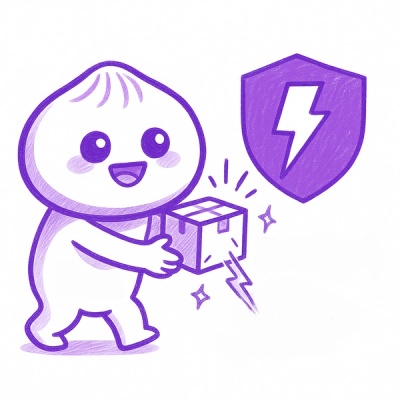
marko-playground
This project is a development utility for Marko UI components. On launch, it automatically detects all components in your Marko application and allows you to browse through them, rendering all declared use cases or states.
Scenarios can be written in fixtures that represent the backend responses or props from the parent component.
As a result, component development becomes way faster, regression testing easier and visual defects can be spotted early.

Getting started
First, add marko-playground to your project by running the following command:
yarn add --dev marko-playground
npm i --save-dev marko-playground
Now you can start the playground via
yarn marko-playground
npm run marko-playground
Declaring states
When marko-playground detects a UI component, it reads its states from the directory <component>/test/fixtures. If no state (or fixture) has been found, it falls back to an empty state and renders the component accordingly.
Additional states can be defined with the following directory structure (which is also used by marko-tester):
<component>/test/
⤷ fixtures/
⤷ default.json
⤷ another-use-case.json
Example of default.json
{
"viewModel": {
"title": "default title"
}
}
Configuration
The marko-playground tool can be configured by adding a test/playground/config.json to your project.
If no file is found, the following default configuration is used instead:
{
"port": 8080,
"componentsRootDir": "./src/components",
"playgroundDir": "test/playground",
"lasso": {
"plugins": [
"lasso-less",
"lasso-marko"
],
"outputDir": "static",
"bundlingEnabled": false,
"minify": false,
"fingerprintsEnabled": false
}
}
Lasso flags support
You can pass flags to lasso page by setting environment variable FLAGS, for example: FLAGS=skin-ds6,mobile
Custom playgrounds
If you don't like the standard component template used in playground, you can use your own.
Simply put it in you component's test/playground directory and name it index.marko or template.marko.
You can always change the location of the template by changing the config property playgroundDir or environment variable PLAYGROUND_DIR.
Example
Components discovery
The UI component detection is based on Marko's configuration and respect's the configuration's tags-dir and <component>/renderer property.
Usually, you have a marko.json in your project (or rely on the defaults which is the components directory). The marko file looks like this:
{
"tags-dir": "./components"
}
If you have a separate component project, your marko.json should look similar to this:
{
"<component-name>": {
"renderer": "./component-dir"
}
}
That file usually resides in the root directory (marko documentation.)
Debugging
For more diagnostic messages set environment variable DEBUG to truthy value like DEBUG=1.
Development
Git clone this repo, then install everything:
yarn
npm install
Then start playground with test components:
yarn start
npm start
Tests can be executed via:
yarn test
npm test
CI
https://travis-ci.org/eBay/marko-playground
Licence
Copyright 2018 eBay Inc.
Developer(s): Timur Manyanov
Use of this source code is governed by an MIT-style
license that can be found in the LICENSE file or at
https://opensource.org/licenses/MIT.




